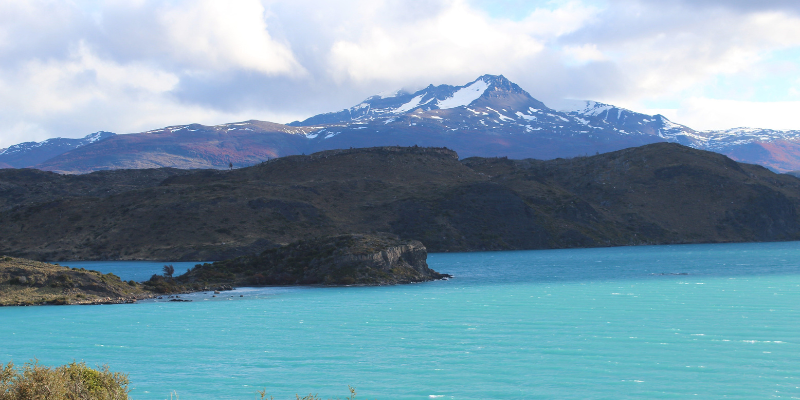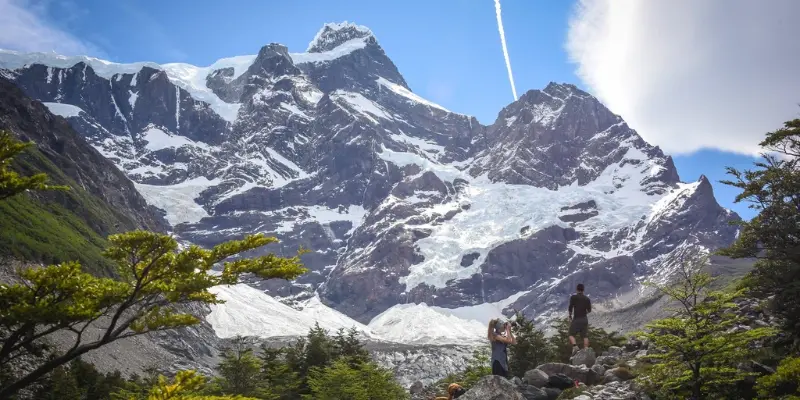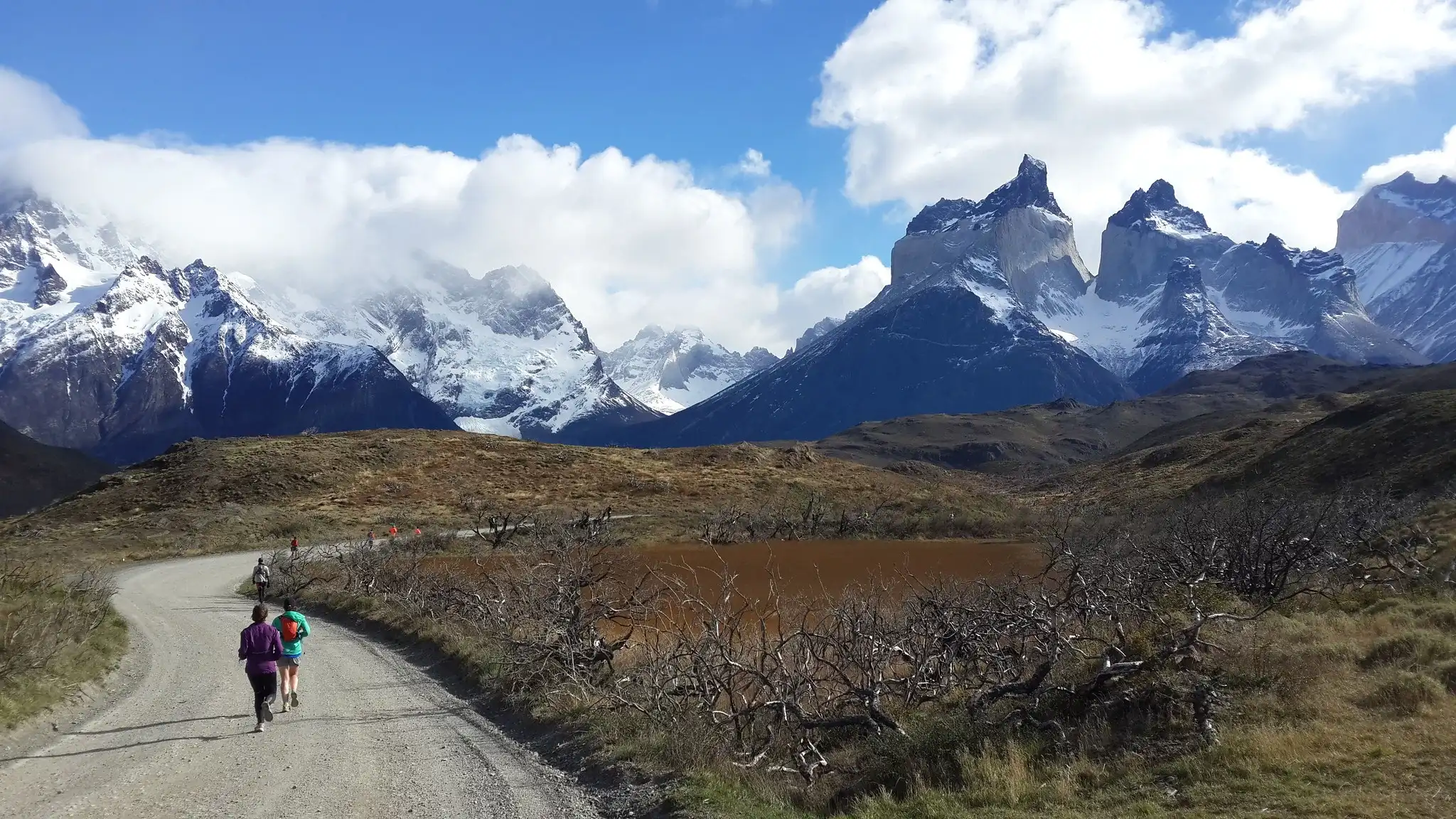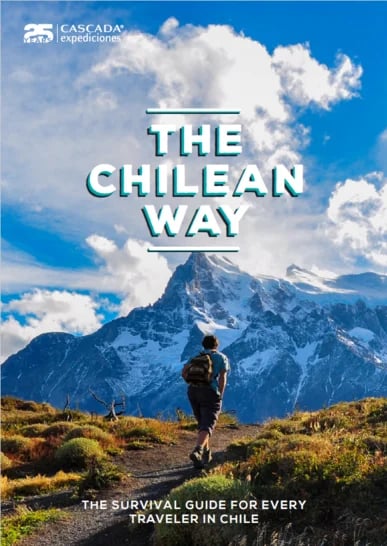If you visit the Magallanes region, you must try the local lamb. Various farms here breed sheep for both meat and wool.
The industry began in the late 19th century with the arrival of sheep from the Falkland Islands, encouraged by the governor of Magallanes, Diego Duble Ameyda. The government granted large tracts of land to sheep farmers, leading to estancias (sheep farms) that centralized production. The sector expanded rapidly, becoming vital to the region's economy, history, and culture.
Once the lambs reach the ideal age for high-quality meat, they are slaughtered, and the meat is exported to China, Europe, and North America. Due to its rich flavor, leanness, and tenderness, Magellanic lamb is considered a premium product. In 2023, Chile ranked 7th among the top lamb-exporting countries, with an export value of $25.5 million, behind major players like New Zealand and Australia.

Sheep farming in Patagonia
Christian Cárdenas manages Estancia Dos Elianas, founded by his father nearly 47 years ago. Lamb production is their primary focus; they also raise cattle and share local culture with tourists through lamb asados (Chilean type of barbecue) and horseback riding. Previously, they also sold wool, but the market for this product has declined in recent years.
"We mainly breed Corriedale ewes, and for rams, we have Corriedale, Dorset, and Suffolk breeds," says Christian. Christian's lamb meat for asados comes from lambs aged 3 to 6 months. Depending on the breed type, lambs weigh 13 to 17 kg at that age. For other dishes like stews, the animals live longer, up to 8 years.

Natural grazing for robust meat
Christian explains: “Our lamb could be considered organic. The sheep graze and grow on the Patagonian steppe. They eat the grasses available, occasionally supplemented with forage crops like alfalfa. They roam freely, drink water, and live as naturally as possible, without being exposed to stress. In total, we have 800 to 1,200 sheep grazing on about 9,884 acres (4,000 hectares), day and night."
These conditions result in healthy animals that produce tender, high-quality meat with a rich flavor. It also contains more zinc and iron than beef, which positively affects your health.
Unlike sheep worldwide, Magellanic sheep grow in one of the southernmost regions on Earth. The main livestock areas are between 50° 36′ and 55° 19′ south latitude. The climate is a cold steppe, with average annual temperatures ranging between 37 to 45 degrees Fahrenheit (3 and 7 degrees Celsius).
However, living outdoors exposes them to threats like feral dogs, the Andean fox, and pumas. A dog can injure or kill up to 20 sheep in one night, while pumas typically take one or two animals. Farmers can lose up to 10% of their sheep this way, making cattle farming more attractive since feral dogs rarely attack cows. Guanacos also pose challenges by eating the grass sheep are grazing on and breaking fences.
Savoring lamb the Chilean way
Chileans enjoy lamb in various preparations, but the most famous is the traditional Patagonian asado al palo style, where the lamb is slowly roasted over a fire. The fat drips off, and the meat is ready once it stops. A 26 lbs 7 oz (12 kg) lamb is ready to serve after about 4 hours and feeds around 12 people.
Lamb can also be grilled, baked, or used in stews like estofado or puchero. Another typical dish in Puerto Natales is cazuela de luche, a soup with seaweed and a piece of lamb or sheep meat.

Are you curious about Patagonian gaucho culture and eager to try a delicious lamb barbecue made the Patagonian way? We have various options, like our Patagonia Experience and Wildlife Safari program, where we visit Christian on his farm.

